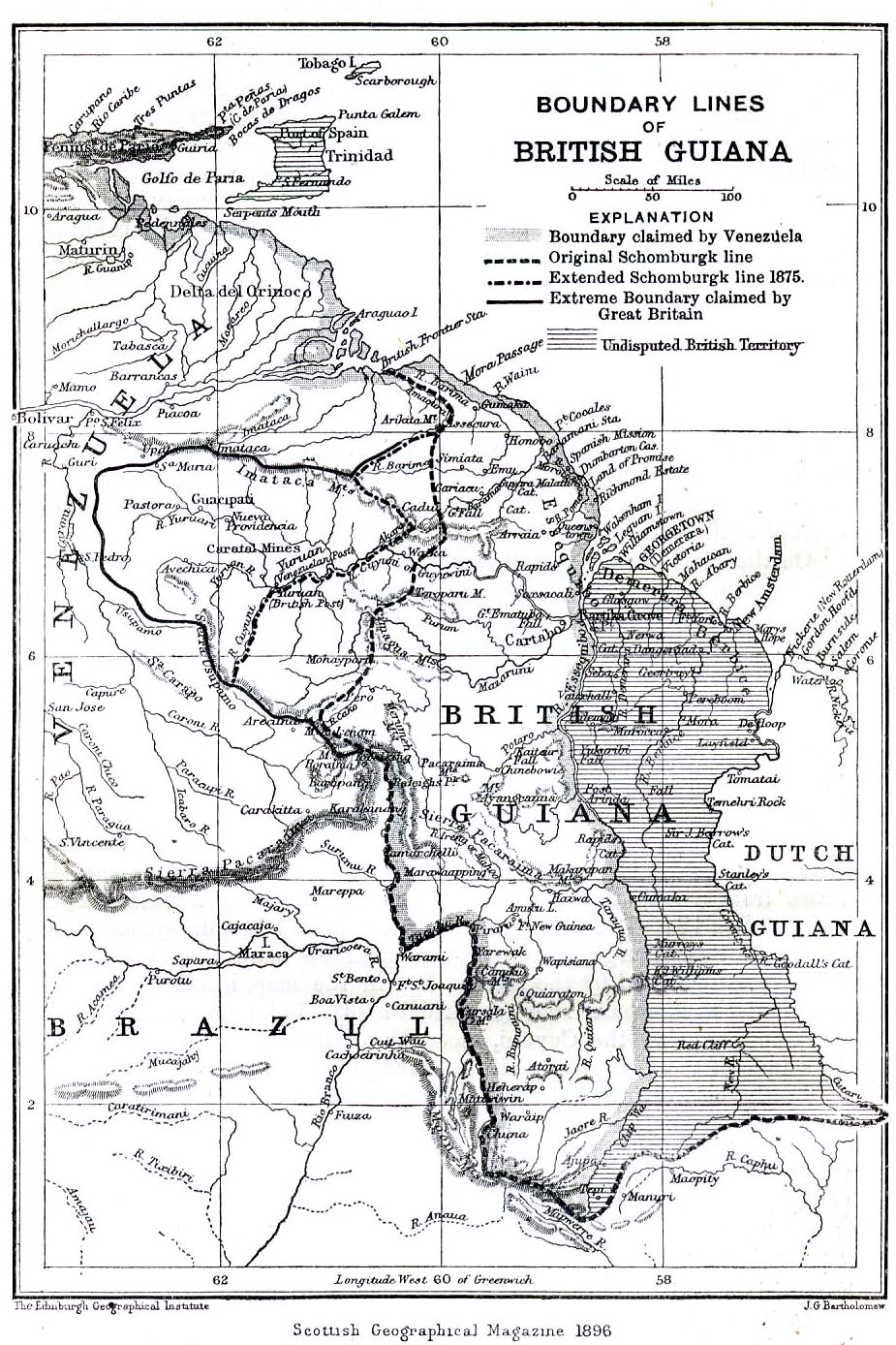
Venezuela's rate of extreme poverty has continued to decline despite what the government has described as an вҖңeconomic warвҖқ by right-wing opposition-aligned business sectors.
on January 17 that the latest official figures showed about 4.78% of Venezuelans now live in extreme poverty. That figure is slightly lower than those reported in November, which put the extreme poverty rate at 4.9%.


 Statue of Guaicaipuro. Photo: Correo del Orinoco.
A statue of Caribe indigenous resistance hero Guaicaipuro was unveiled on October 12 by Venezuelan President Nicolas Maduro to commemorate the Day of Indigenous Resistance.
Guaicaipuro, an indigenous chief of the Caribes, led one of the most successful resistance campaigns against invading Spanish colonial forces throughout the 1560s and is revered by many of VenezuelaвҖҷs grassroots movements.
Statue of Guaicaipuro. Photo: Correo del Orinoco.
A statue of Caribe indigenous resistance hero Guaicaipuro was unveiled on October 12 by Venezuelan President Nicolas Maduro to commemorate the Day of Indigenous Resistance.
Guaicaipuro, an indigenous chief of the Caribes, led one of the most successful resistance campaigns against invading Spanish colonial forces throughout the 1560s and is revered by many of VenezuelaвҖҷs grassroots movements.
 Workers from Venezuela's 'housing mission', which is building large numbers of public housing, march on Venezuela's independence day, July 5. Photo from .
Venezuela's Bolivarian revolution has transformed the country since the rise to power of late socialist president Hugo Chavez inвҖӯ вҖ¬1998вҖӯ вҖ¬on a platform of tackling poverty and promoting participatory democracy.
Workers from Venezuela's 'housing mission', which is building large numbers of public housing, march on Venezuela's independence day, July 5. Photo from .
Venezuela's Bolivarian revolution has transformed the country since the rise to power of late socialist president Hugo Chavez inвҖӯ вҖ¬1998вҖӯ вҖ¬on a platform of tackling poverty and promoting participatory democracy.
 It all began in 1835 when the British Empire sent a German-born naturalist and explorer to conduct geographical research in the South American territory it had colonised and named British Guiana.
In the course of his explorations, a map was drawn that well-exceeded the original western boundary first occupied by the Dutch and later passed to British control.
It all began in 1835 when the British Empire sent a German-born naturalist and explorer to conduct geographical research in the South American territory it had colonised and named British Guiana.
In the course of his explorations, a map was drawn that well-exceeded the original western boundary first occupied by the Dutch and later passed to British control.





